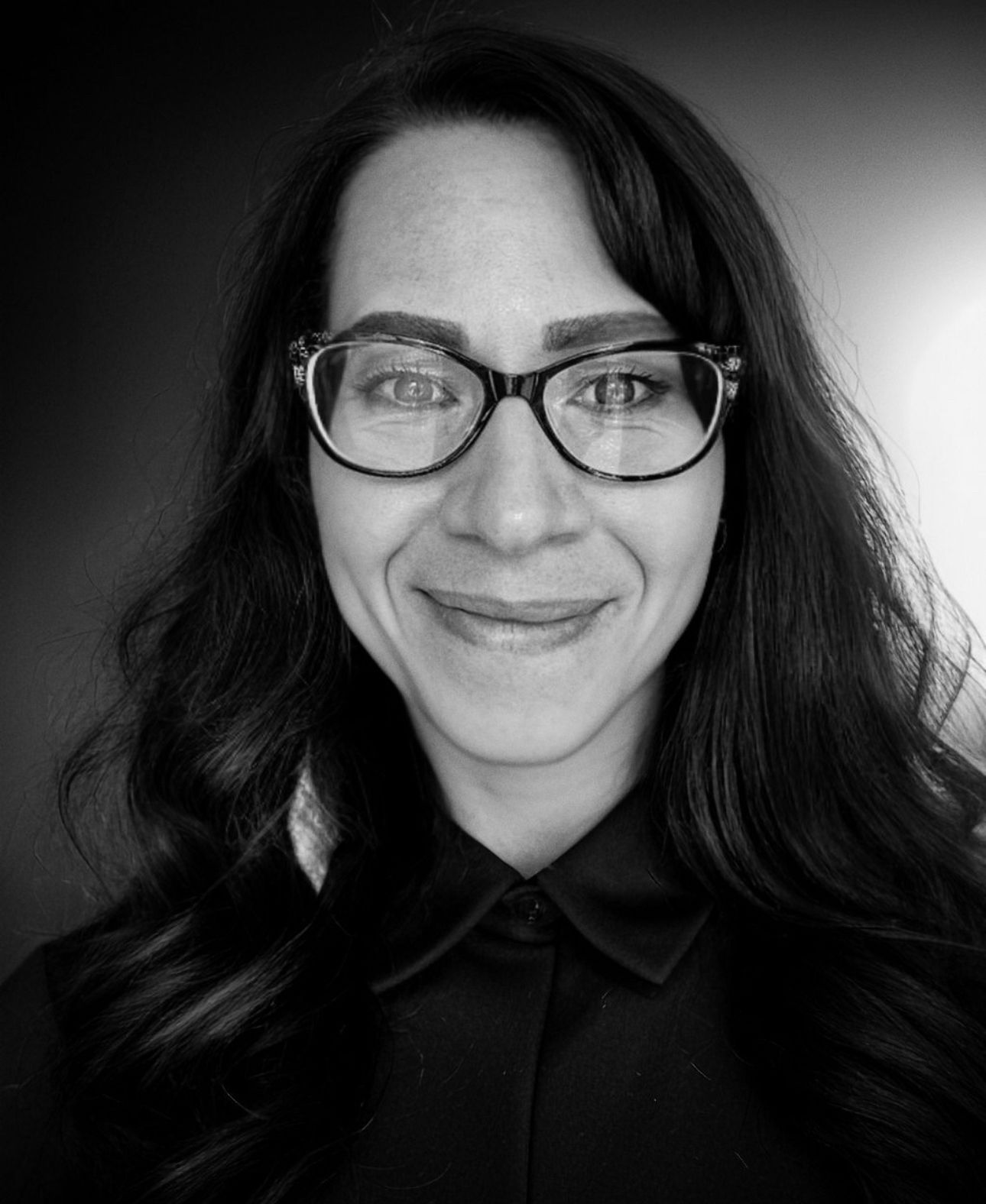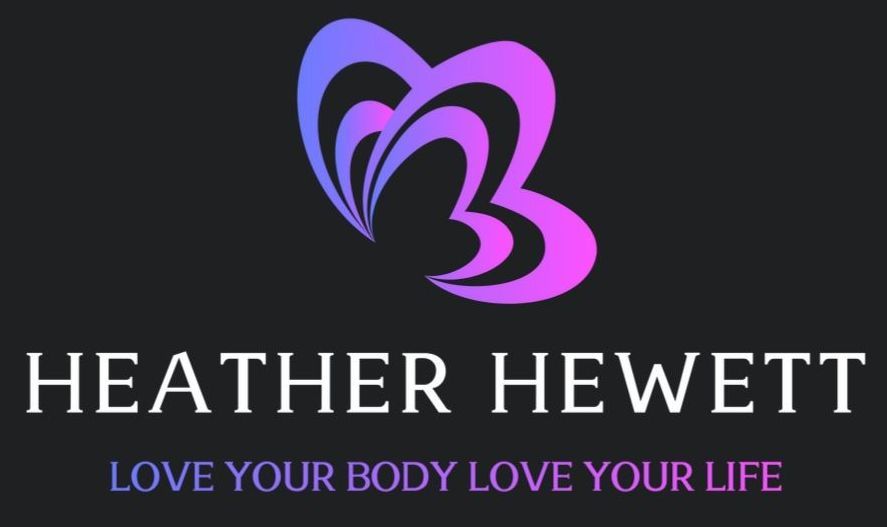Symptoms of Childhood Trauma in Adulthood
Childhood can shape us in ways we sometimes only notice much later in life. If you grew up in an unstable or frightening environment, you might carry hidden scars into adulthood. These scars can show up as emotional struggles, unexplained pain, or patterns of behavior you just can’t shake. It’s common to feel confused or alone when facing these issues, but understanding where they come from can open new doors to growth and healing. Whether you’re someone living with these symptoms, a mental health professional, or a caring friend or family member, this guide is here to help make sense of what you’re experiencing and what you can do next.
What is Childhood Trauma?
Childhood trauma describes any stressful, frightening, or painful experience that happens to a child before they turn 18. Trauma can result from many events, including ongoing emotional abuse, physical violence, sexual abuse, neglect, living with a parent who struggles with addiction, or witnessing family conflict. Even losing a loved one or growing up in a chaotic home can create trauma. For example, a child who is often yelled at or ignored may grow into an adult who feels anxious and withdrawn.
For a deeper look at different signs trauma can leave behind in adults, see the 8 Signs of Childhood Trauma in Adults.
Symptoms of Childhood Trauma in Adulthood
Symptoms of childhood trauma in adulthood vary from person to person. They often fit into three categories: emotional, physical, and behavioral. The symptoms can change over time, sometimes becoming stronger or fading and returning in times of stress. Many adults struggle for years before recognizing the connection to their childhood, but you are not alone.
Emotional Symptoms
Adults who went through trauma as kids might notice deep emotional pain or mood issues that don't seem to have a clear cause. Here are some common emotional symptoms:
- Anxiety and Panic: Persistent feelings of fear or dread, sometimes triggered by things others find harmless.
- Depression: Long-lasting sadness, loss of interest in things you used to enjoy, or feeling hopeless.
- Feelings of Shame or Guilt: Believing you are to blame for things that happened, even when you had no control.
- Difficulty Trusting Others: Trouble letting people get close, expecting to be hurt, or feeling unsafe in relationships.
- Low Self-Esteem: Constant feelings of not being good enough, no matter how much you achieve.
Symptoms like these can make daily life feel much harder and often hide behind smiles or success. For more in-depth examples, review Childhood Trauma in Adults: Signs & How to Deal.
Physical Symptoms
Trauma doesn’t just live in the mind; it can settle into the body as well. The mind and body are tightly linked, so trauma can show up in physical ways, even years later:
- Chronic Pain: Ongoing pain that medical tests can’t explain, like back pain or headaches.
- Digestive Issues: Upset stomach, irritable bowel, or frequent nausea.
- Fatigue: Always feeling run down even after a good night’s sleep.
- Frequent Illness: Getting sick often as the body’s stress response stays on high alert.
Doctors sometimes struggle to find a medical reason for these symptoms. That’s because issues like chronic pain or stomach problems can be the body’s way of processing old emotional wounds. More details about these physical effects appear in How Childhood Trauma Can Impact Your Life.
Behavioral Symptoms
Childhood trauma often influences the way adults act, especially under stress or in relationships. Some common behavioral symptoms include:
- Substance Use: Relying on alcohol, drugs, or even food to numb emotional pain.
- Trouble Keeping Relationships: Difficulty trusting, connecting, or staying close to others.
- Self-Harm: Hurting oneself physically as a way to cope with overwhelming emotions.
- Problems with Eating: Binge eating, restricting food, or sudden weight changes.
- Risk-Taking: Getting involved in dangerous situations or acting impulsively.
Some of these behaviors may feel like they help temporarily, but they rarely address the root of the pain.
The Science Behind Childhood Trauma
Early trauma can change how the brain and body function. Think of your brain as having an alarm system. In a safe childhood, this system calms down when danger passes. In a traumatic childhood, the ‘alarm’ may get stuck on, flooding your body with stress hormones—even when you’re safe.
Over time, this constant stress can wear down both body and mind. Scientists have found that trauma can alter parts of the brain that handle fear, memory, and emotions. These changes increase your chances of anxiety, depression, and physical symptoms like pain or digestive issues. Unprocessed trauma also makes it harder to respond calmly to everyday stress.
For a summary of how stress from long ago can leave a mark, visit 8 Signs of Repressed Childhood Trauma in Adults.
Brain Area
Trauma Effect
Common Result
Amygdala
Flooded with stress signals
Anxiety, hypervigilance
Hippocampus
Trouble storing and recalling memories
Intrusive thoughts, flashbacks
Prefrontal Cortex
Harder to make decisions calmly
Impulsivity, difficulty focusing
Finding Support and Healing
Healing from childhood trauma is possible, but it takes time, support, and often professional help. Here are some proven ways to start healing:
- Talk Therapy: Working with a trained therapist, such as in cognitive behavioral therapy (CBT) or trauma-informed therapy, helps many adults process pain and rewrite old beliefs.
- Mindfulness: Practicing staying present with your thoughts and feelings, even if just for a few minutes a day.
- Group Counseling: Sharing your story with others who understand can reduce shame and increase hope.
On a personal note, creating a support system can make a world of difference. My dog Ralph, for example, became a quiet source of comfort on tough days. When I felt overcome by memory or fear, sitting with him—or just watching his tail wag—reminded me to breathe and trust that I was safe now. Pets, friends, or understanding family members can ground us when healing feels hard.
To take your first steps, try looking for a trauma-informed counselor, reaching out to a local support group, or talking to someone you trust about how you’re feeling. Healing doesn’t have to be done alone.
Conclusion
Childhood trauma can cast a long shadow, but you’re not stuck in the past. By learning to recognize the symptoms of childhood trauma in adulthood, you can start to understand yourself with more kindness and less blame. The path to healing may be uneven and sometimes painful, but you don’t have to walk it by yourself. Reach out, build connections, and remember: with the right support, growth and joy are within reach. Each step forward matters, and you are not alone.
Frequently Asked Questions
How does childhood trauma show up in adulthood?
Childhood trauma can cause lasting emotional and behavioral changes. Adults may experience anxiety, depression, or difficulty with relationships. It can also lead to physical health issues.
What are common emotional signs of past trauma?
People may struggle with intense emotions like anger or sadness. They might feel numb or disconnected. Feelings of worthlessness or guilt are also common.
Are there behavioral signs of childhood trauma in adults?
Yes, adults might engage in risky behaviors. They may have trouble trusting others or forming stable bonds. Some may avoid intimacy altogether.
Can past trauma affect physical health in adulthood?
Yes, prolonged stress from trauma impacts the body. This can increase the risk of chronic pain or heart problems. Sleep disturbances are also frequent.
How does childhood trauma impact relationships as an adult?
It can make forming healthy connections hard. Adults may fear abandonment or struggle with boundaries. This can lead to conflict or withdrawal in relationships.
About the Author
Heather M. Hewett is a Board-Certified Traditional Naturopath and Clinical Nutritionist with over 22 years of experience in holistic health and wellness. She is also a certified somatic trauma therapist and the author of Natural Health Simplified. Heather specializes in gut microbiome nutrition, weight loss, and somatic emotional regulation, offering an integrated approach that fosters emotional resilience and autonomy.
Having personally overcome challenges such as binge eating, a 100-pound weight gain, and autoimmune conditions like Hashimoto's Thyroiditis, Fibromyalgia, and Sheehan's Syndrome, Heather brings a compassionate and experiential perspective to her work. Her journey of transformation has led her to help others, particularly highly sensitive and neurodivergent individuals, reclaim their health and happiness
.Through personalized one-on-one coaching and group programs like "Love Your Body, Love Your Life!", Heather empowers clients to build self-awareness, develop emotional regulation tools, and cultivate emotional resilience. Her approach combines science-backed principles with a nurturing environment, guiding individuals towards a life filled with vitality and authenticity





